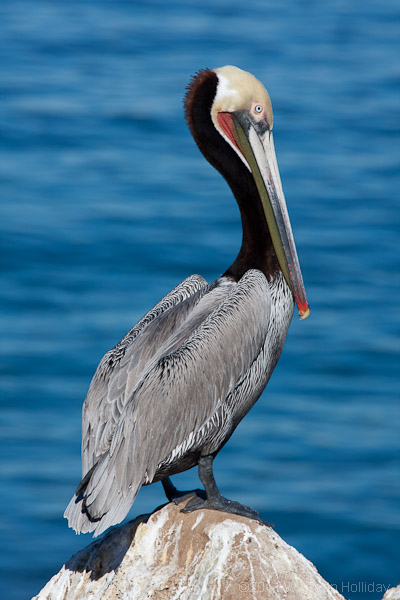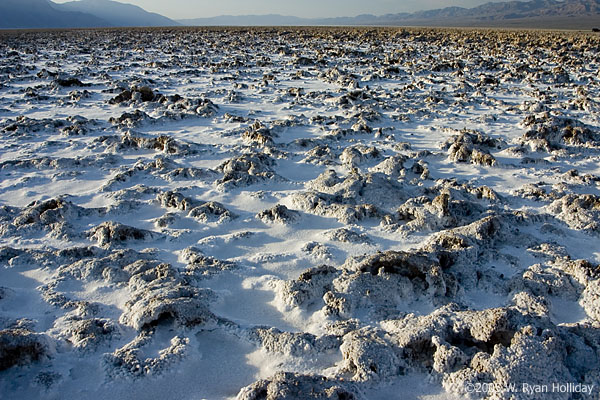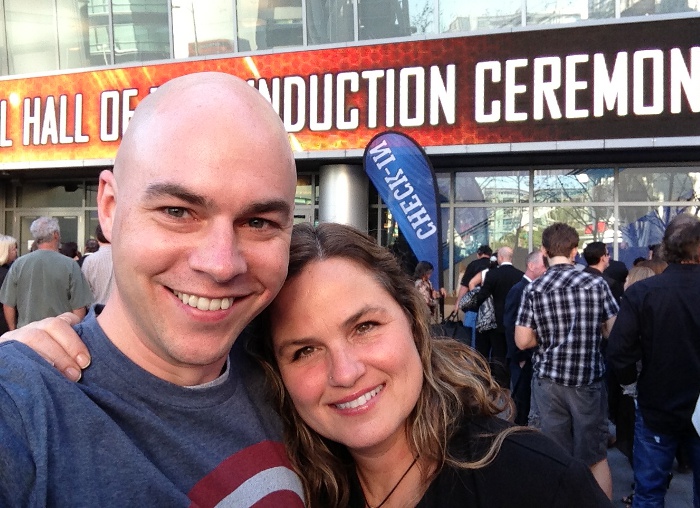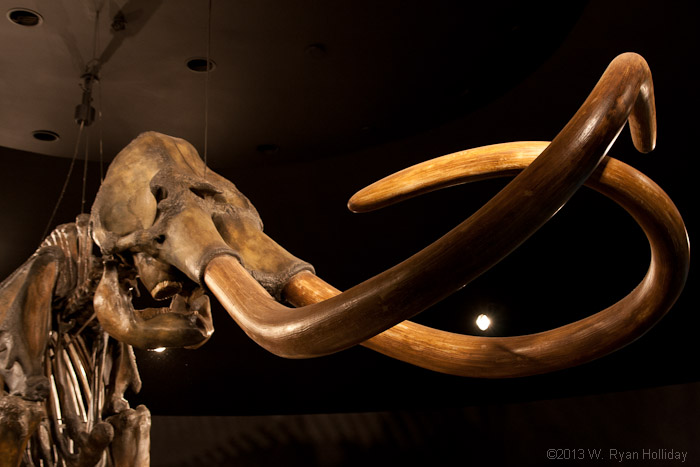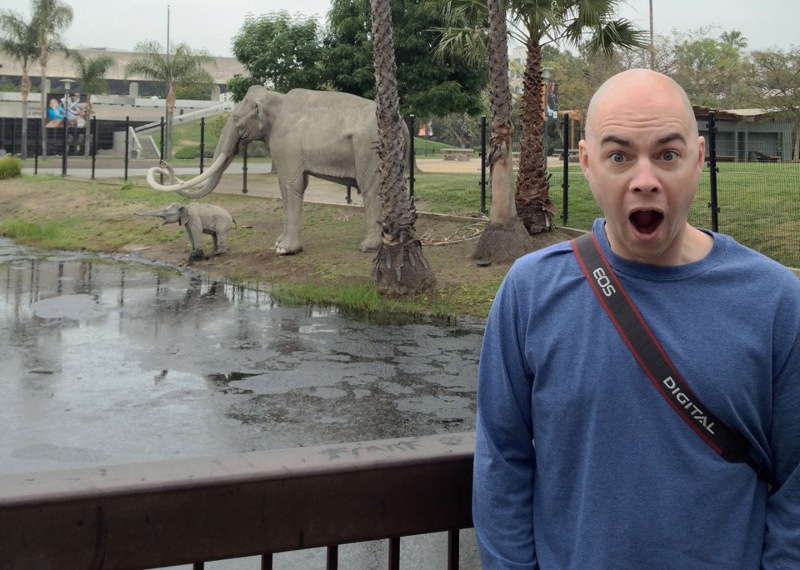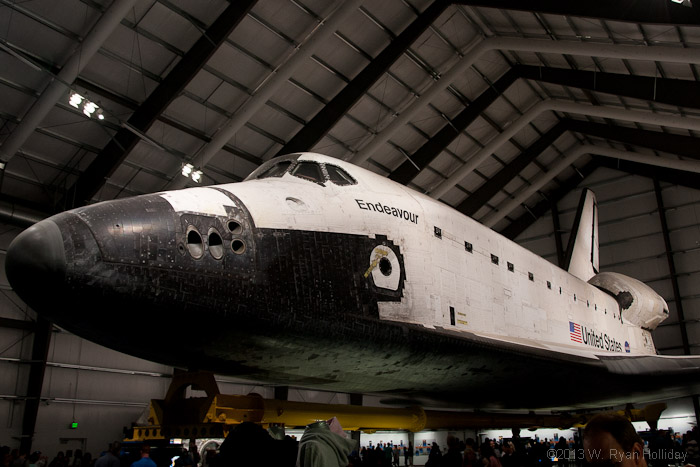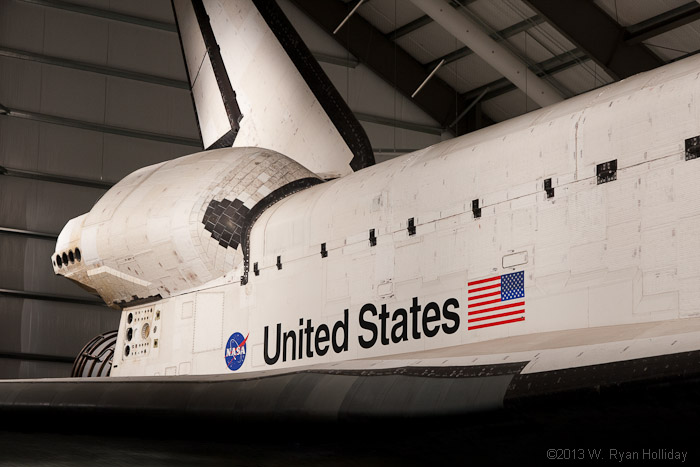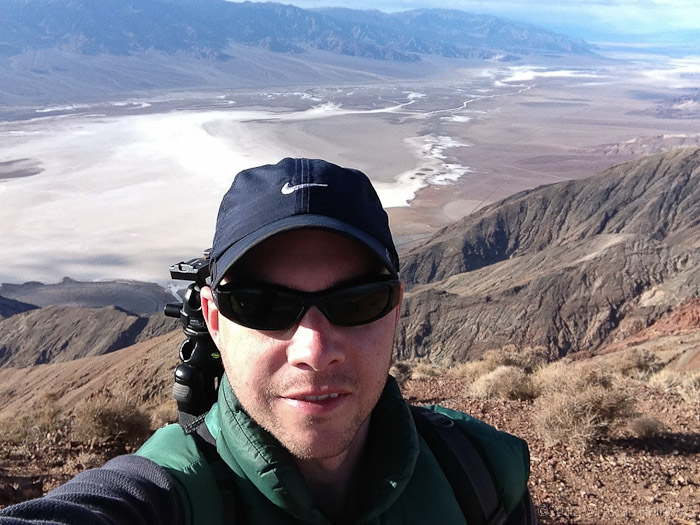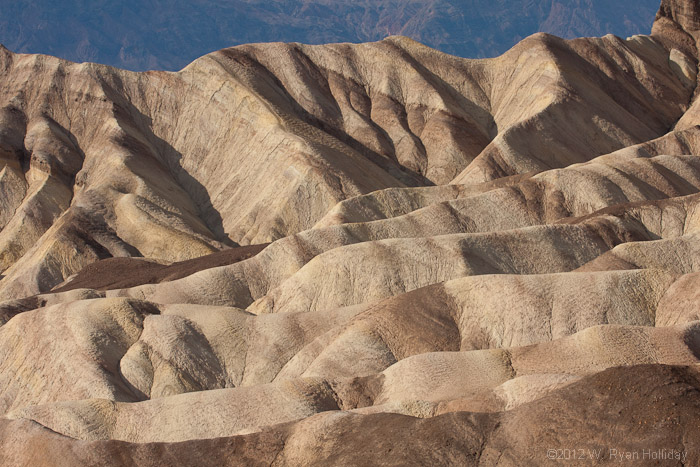This journal entry is the story of how I came home from a vacation in Hawaii last August to discover that I was being sued by a $640 million corporation. Over the next six months the unfortunate ordeal would garner worldwide media attention from outlets ranging from tech sites like Slashdot to major news organizations like the New York Times and London’s Daily Telegraph.
Background
First the backstory. In early 2005 I started contributing to an online travel site that allowed anyone, anywhere to create and update articles based on their own knowledge and experiences. Having recently returned from a trip to the Falkland Islands I was greatly dismayed at the poor state of travel literature on that country, so it was exciting to be able to do a good deed and share some first-hand knowledge. I made additional contributions about the Galapagos Islands and some national parks, and before long I was not only a regular editor but had been granted the role of “administrator” by the community of editors at the site.
Now, a very important point about this travel site: while a guy in Montreal owned the servers on which the site ran, the content that individuals contributed had to be freely licensed. That meant that anyone, anywhere could take any article from the site, and so long as they provided attribution to all of the authors of that content they could re-use it in any way they wanted; someone could use the site’s articles to make a book and sell that book for profit, or they could copy an image to use on their own web site, or re-use the content in just about any other way imaginable as long as they provided attribution to the authors. For the contributors, this license provided assurance that their contributions would never be lost, since it would always be legal to move the content to a new home if there was a compelling reason to do so.
Fast forward a bit, and as that site grew it became too much to manage for the guy in Montreal, and in a surprise move he sold the domain, servers, and trademarks (but not the rights to the content since that was owned and freely-licensed by the contributors) to a large internet company. That company initially made many promises to respect the site’s license and to work with the community of editors who continued to contribute content, so for a while all was well. However, as time went on many contributors became frustrated by technical support issues and the company’s increasingly aggressive plans to monetize the site.
And thus we get to the part of the story that would eventually lead to me sitting in front of a judge on a mid-November afternoon. While anyone was legally allowed to freely use the site’s content, no one but the company who now owned the servers possessed a complete copy of that content, and the site owner was unwilling to make that copy available to anyone else. Since it was a concern to many of the volunteer contributors that there was no available copy of a project that had taken thousands upon thousands of volunteer hours to create, I started work to build one. Over a period of many months I ran automated scripts (in accordance with the site’s terms of use) that would fetch a single article, image or revision each 30 seconds, until I eventually had a full copy of the millions of individual edits that collectively made up the site’s content.
As discontent with the operation of the existing site increased among some of the core editors, private email discussions began about options for “forking” the site. Meatball wiki describes a project fork as follows:
In the strictest sense, a fork happens any time development proceeds along two or more different paths. The right to fork is inherent in the fundamental software freedoms common to all open source software. A new fork in development does not start from scratch, but continues to build on the resources of the project available up until the time of the fork… Forking isn’t unique to free software projects, but also takes place in non-profit associations and political and religious movements. What happens is that a group of voluntary members walk away to form a new community.
As a longtime admin of the site, and as the person who had the copy of the site content, I was a key contributor to much of this discussion, and also played an important role in finding possible hosts for the new site. Many options were discussed, but eventually a proposal was put forward to set up a new site with the Wikimedia Foundation, the non-profit group that runs Wikipedia and several similar sites. This proposal was essentially a best-case scenario for those involved: Wikimedia was the group with the most experience in running open source wikis and they had significant resources available.
Not unsurprisingly, the site’s old corporate host was opposed to seeing Wikimedia host a project fork, but the decision to fork the project had not been made lightly, and after many years of perceived neglect the majority of the project’s most active contributors were determined to move on. While an open “request for comment” was running at Wikimedia to gauge support among Wikimedia’s community for starting a travel site, those of us leading the fork effort planned on temporarily setting up shop with the Wikivoyage e.V Assocation, a bunch of Germans and Italians who were running a travel site named “Wikivoyage”. After several long nights working to get my copy of the site’s content running on the server in Germany, and some heroic efforts by the site’s German sysadmin, the English language (and Spanish, Portuguese, Russian…) version of wikivoyage.org went live and I left for a much-needed vacation.
The Suing
I returned home on Labor Day weekend to find a stack of legal documents waiting for me. While I’m sure that the vast majority of defendants disagree with the lawsuit filed against them, these papers made a number of claims and accusations that seemed particularly objectionable, including suggestions of a “scheme” involving many parties. For example, paragraph 35 noted the following:
“Additional defendants and causes of action are expected through amendment, potentially including other Administrators that have been most corrupt in this scheme and any entity or individuals that provided them support or otherwise participated in these wrongful acts. This potentially includes the Wikimedia Foundation, members of its Board, other individual members of the Foundation, or anyone else who acted tortiously.”
Since I had no experience with lawsuits, and since the Wikimedia Foundation was mentioned, I contacted their legal department. On a holiday weekend they got back to me in a matter of hours, and a couple of days later I was on the phone with one of the most respected IP lawyers in California discussing my defense.
The lawyers viewed the case as a clear example of a SLAPP, which is described by Wikipedia as follows:
“A strategic lawsuit against public participation (SLAPP) is a lawsuit that is intended to censor, intimidate, and silence critics by burdening them with the cost of a legal defense until they abandon their criticism or opposition. The typical SLAPP plaintiff does not normally expect to win the lawsuit. The plaintiff’s goals are accomplished if the defendant succumbs to fear, intimidation, mounting legal costs or simple exhaustion and abandons the criticism. A SLAPP may also intimidate others from participating in the debate.”
In the case of a SLAPP, California law provides protection to defendants via the opportunity to file an anti-SLAPP motion, allowing the case to be quickly dismissed with prejudice (meaning the plaintiff is barred from filing another case on the same claim) if two conditions are met. First, the defendant (yours truly) must show that the “challenged cause of action is one arising from protected activity” – essentially, that I’m being sued for a legal exercise of free speech rights. If that is done, the plaintiff must then show a “probability that [it] will prevail on the claim”, otherwise the suit is dismissed. In the most egregious of cases the plaintiff also has to pay legal fees for the defendant.
For those who want the gory details of the case I’ve added links to legal documents, blog posts, and news articles to the end of this journal entry. I can’t say enough good things about the Wikimedia Foundation, who repeatedly impressed me with their professionalism and dedication to defending their community principles, or the ridiculously great lawyers at Cooley who they retained for me. A recent Wikimedia blog post summarizes how the case went:
“Internet Brands (owners of a for-profit wiki-based travel project) sued two Wikimedians visibly involved in supporting the travel wiki project. Internet Brands branded the proposed new site an “Infringing Website” and claimed that the volunteers were acting “for the benefit of the Wikimedia Foundation” to “usurp” the community of users of Internet Brands’ site and taking actions that included “deliberately misleading statements, and Trademark infringement and violation of Internet Brands’ intellectual property rights.” Internet Brands identified the “Wikimedia Foundation, members of its Board, and other members of the Foundation” as potential “co-conspirators” who were “corrupt in this scheme”.
Unintimidated, the Foundation moved in to defend our volunteers and to protect our community’s right to an open and meaningful discussion about the project.
We contacted one of the most respected law firms working in this field, Cooley LLP, and asked that they represent and defend the two volunteers facing legal action from Internet Brands. Cooley was engaged, and with our financial support, the volunteers moved the case to federal court and also filed an anti-SLAPP motion against Internet Brands, alleging that their freedom to openly discuss the project was under threat. Internet Brands responded by abandoning its federal claim, essentially admitting it had no factual basis. The federal court then dismissed all of Internet Brands’ remaining claims.”
Being sued sucks, but being sued by a giant company that later drops its key claim since it “was primarily predicated on [an] assumption” rather than on known facts, is particularly maddening. Other claims, such as suing for trademark infringement because I wrote an email in which I described myself as a “Wikitravel administrator” (a role I served in), were equally exasperating, as the law is clear that “nominative use of a mark – where the only word reasonably available to describe a particular thing is pressed into service – lies outside the structure of trademark law“. To consider similar examples, imagine the chaos that would ensue if a lawsuit could be filed every time someone described herself as “a Subaru owner” or “a Hewlett Packard employee”.
This case taught me to choose my words carefully, so I won’t openly speculate on why I was selected as the target of a lawsuit consisting of seemingly unrealistic complaints. Instead, I’ll quote the reply motion filed in my defense, which noted the following:
“It was IB’s decision to file this lawsuit, and IB chose not to sue the Wikimedia Foundation, the entity that will create and operate the new travel guide. It instead chose to sue two individual volunteers to intimidate them and scare others who would otherwise be inclined to support the creation of a new travel guide. These are hallmarks of a SLAPP suit.”
The suit went before Judge Stephen V. Wilson on November 19 in the federal courthouse in downtown Los Angeles, and it was all over in less than three minutes as the judge announced the case dismissed.
The Aftermath
Wikivoyage was officially launched on January 15, 2013 as Wikimedia’s newest project, and the event was covered by just about every major news outlet imaginable. Today the site is growing rapidly, and many contributors again believe that we can do for travel guides what Wikipedia did for encyclopedias.
With regards to legal issues, as of February 14 the Wikimedia Foundation reached a settlement in which “Internet Brands has now released the Foundation and Wikivoyage e.V. (the German not for profit who worked so hard to make the project a success) from any and all claims related in any manner to the creation and operation of the travel wiki project.“
For my part, since the judge dismissed the case primarily on jurisdictional grounds without ruling on the merits of the anti-SLAPP motion I was technically not declared innocent of any wrongdoing, which is dismaying – I can state that “I didn’t do anything wrong”, but I don’t have a statement from a judge that unequivocally backs that up. In addition, for well-intentioned participation in a project that was meant to do some good in the world I got sued, which supports the unfortunate theory that in life “no good deed goes unpunished”. Finally, while I’m hopeful that this lawsuit wasn’t my proverbial fifteen minutes of fame, sadly two of my three mentions in Wikipedia are now due solely to Internet Brands v. Holliday, and there are a huge number of media articles that will appear in search results for years to come talking about the things I was sued for, without a follow-up noting that those claims were later dismissed by the court.
However, despite its negative aspects, this process had some significant positives. The Wikimedia Foundation stepped up to help me out almost immediately, and revealed themselves to be an amazing organization willing to both talk-the-talk and walk-the-walk when it came to fulfilling their mission of helping individuals share knowledge. I learned a huge amount about the legal process and free speech laws, and am gratified to now know that things like the anti-SLAPP law exists. Most notably, it is inevitable that everyone will have to deal with some lousy events in their life, and if this was one of mine then I was insanely lucky to be assisted by an organization that paid the very hefty legal bills and hired a top-notch legal firm to defend me, thus making a stressful ordeal as painless as it could have possibly been.
For More Information
This is a tiny sampling of info about the case – there are literally hundreds (if not thousands) of articles, blog posts, and other bits to be found.
